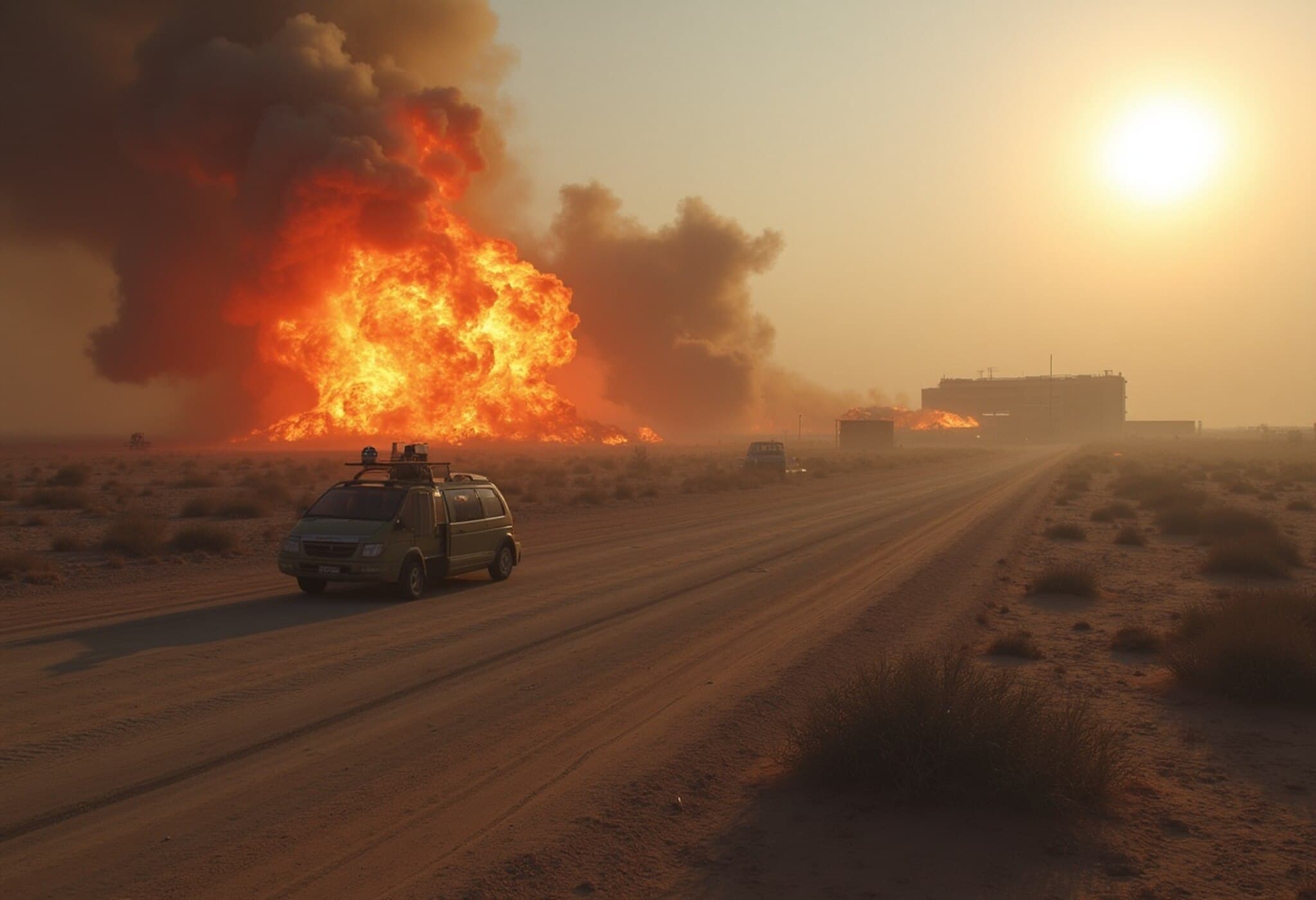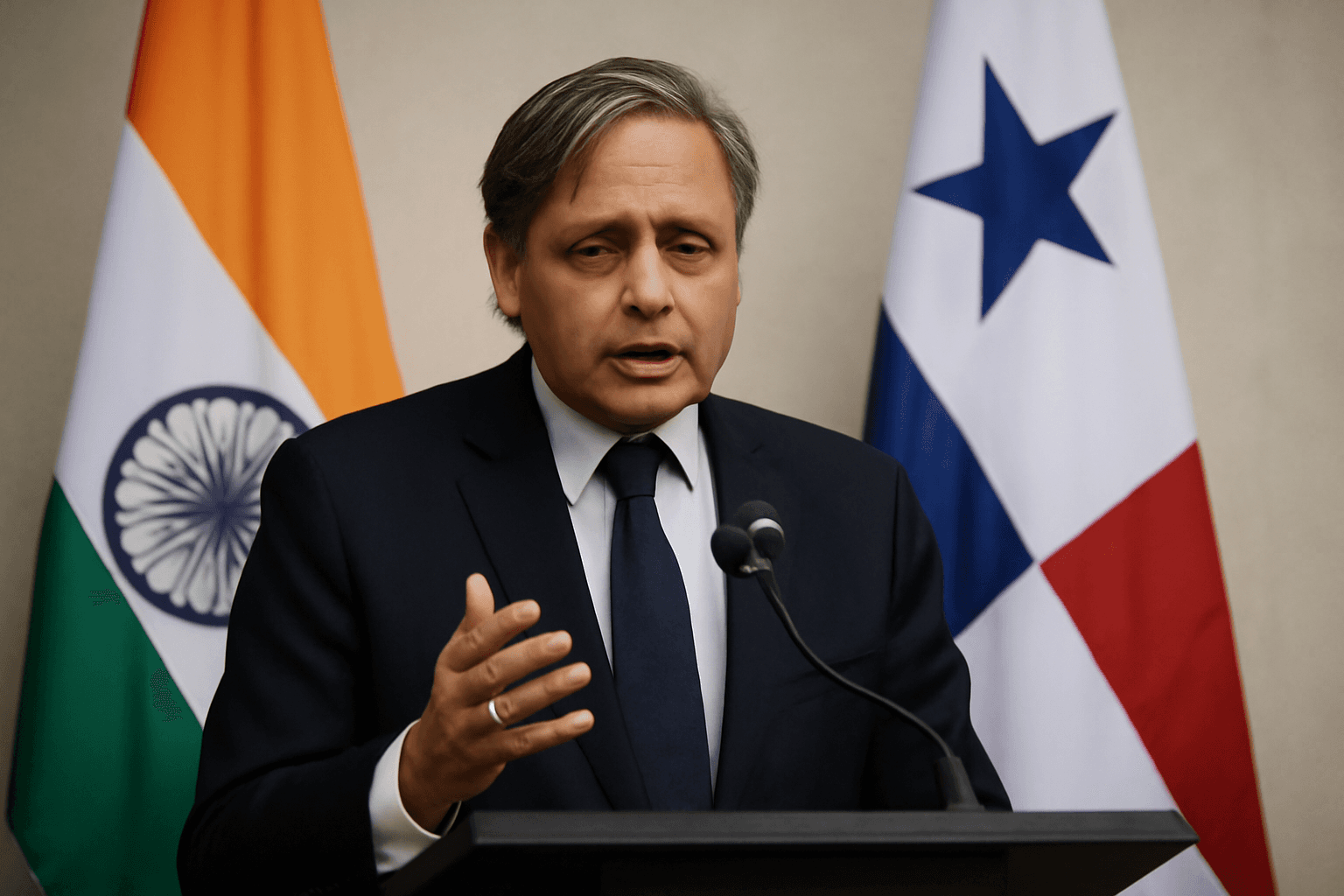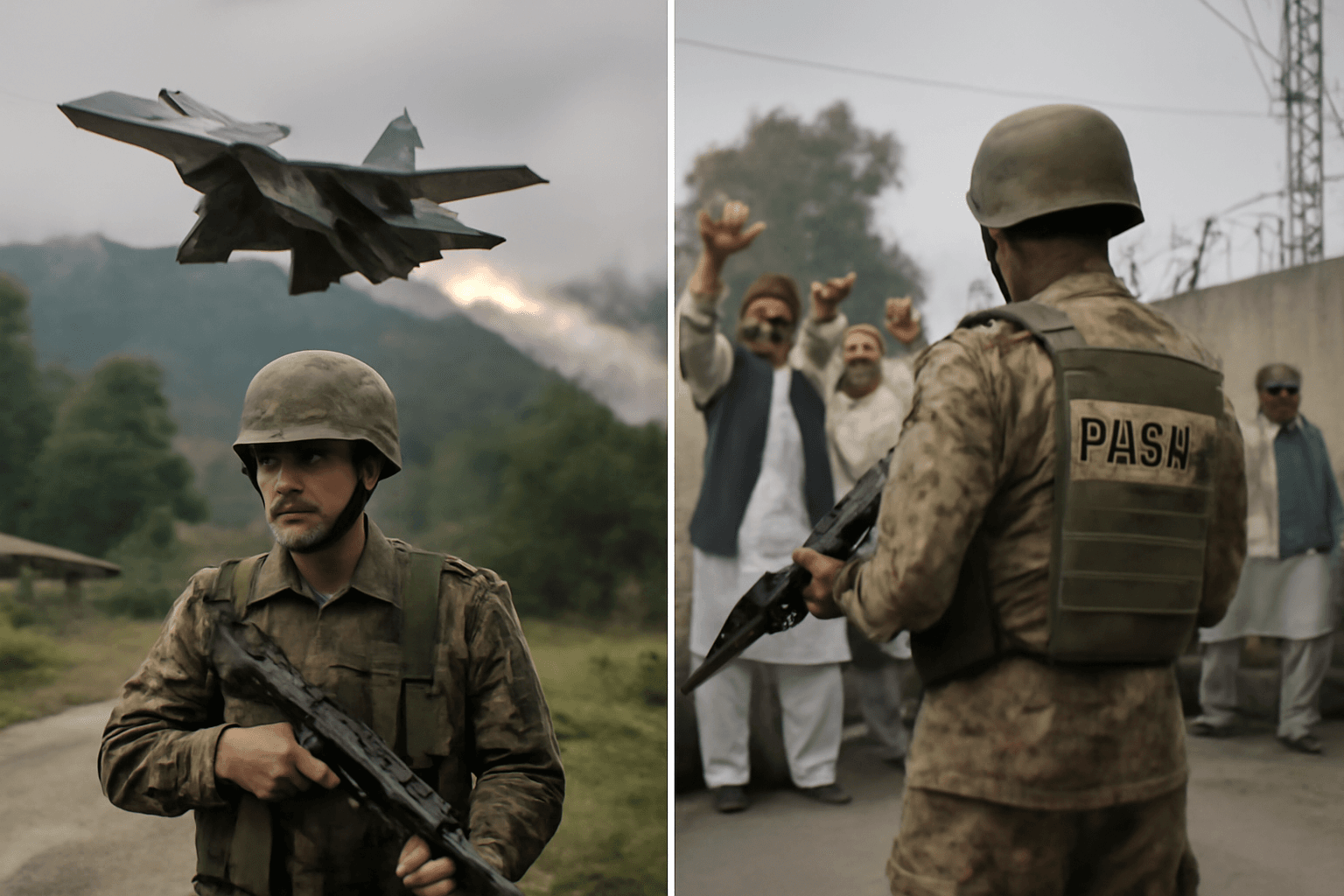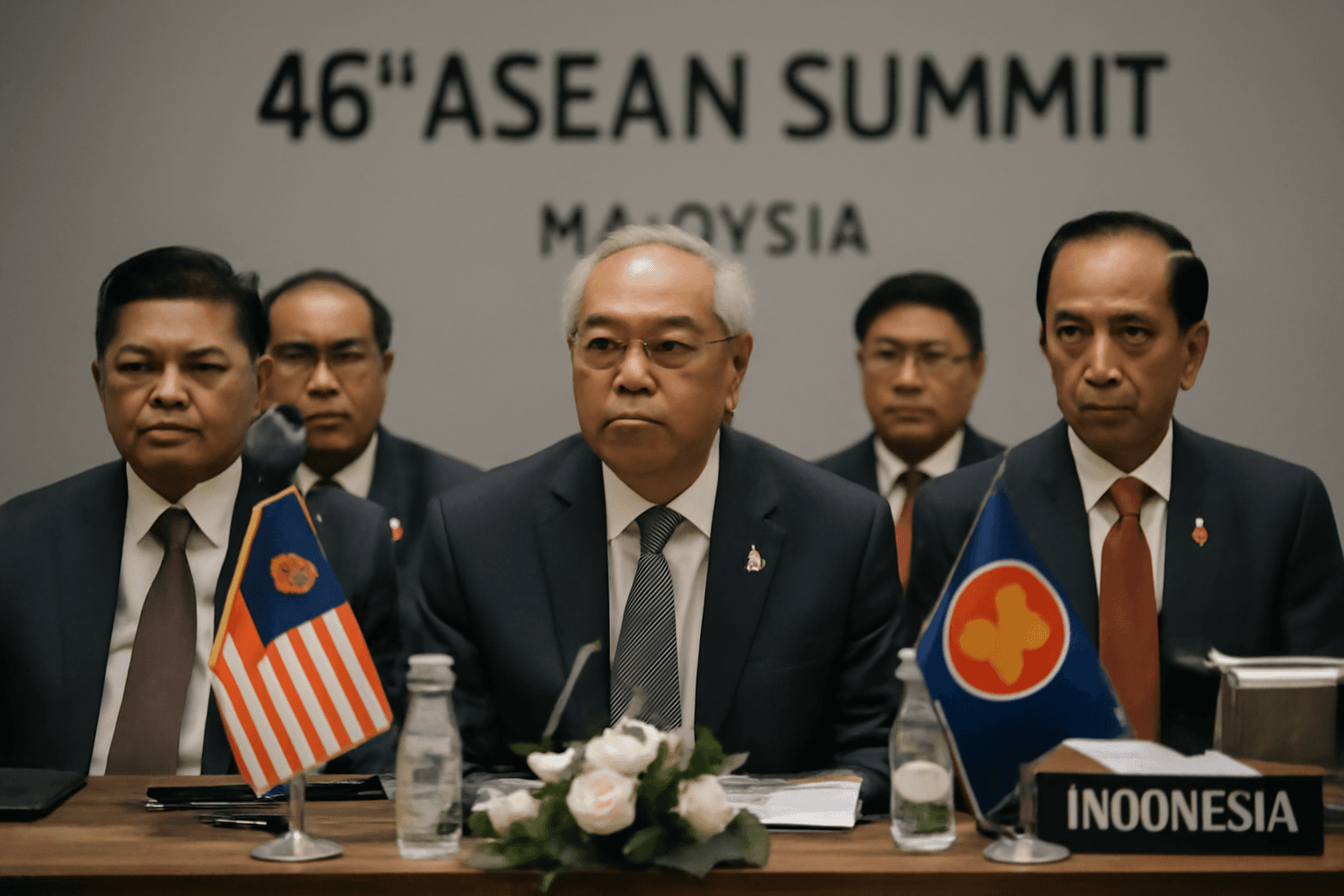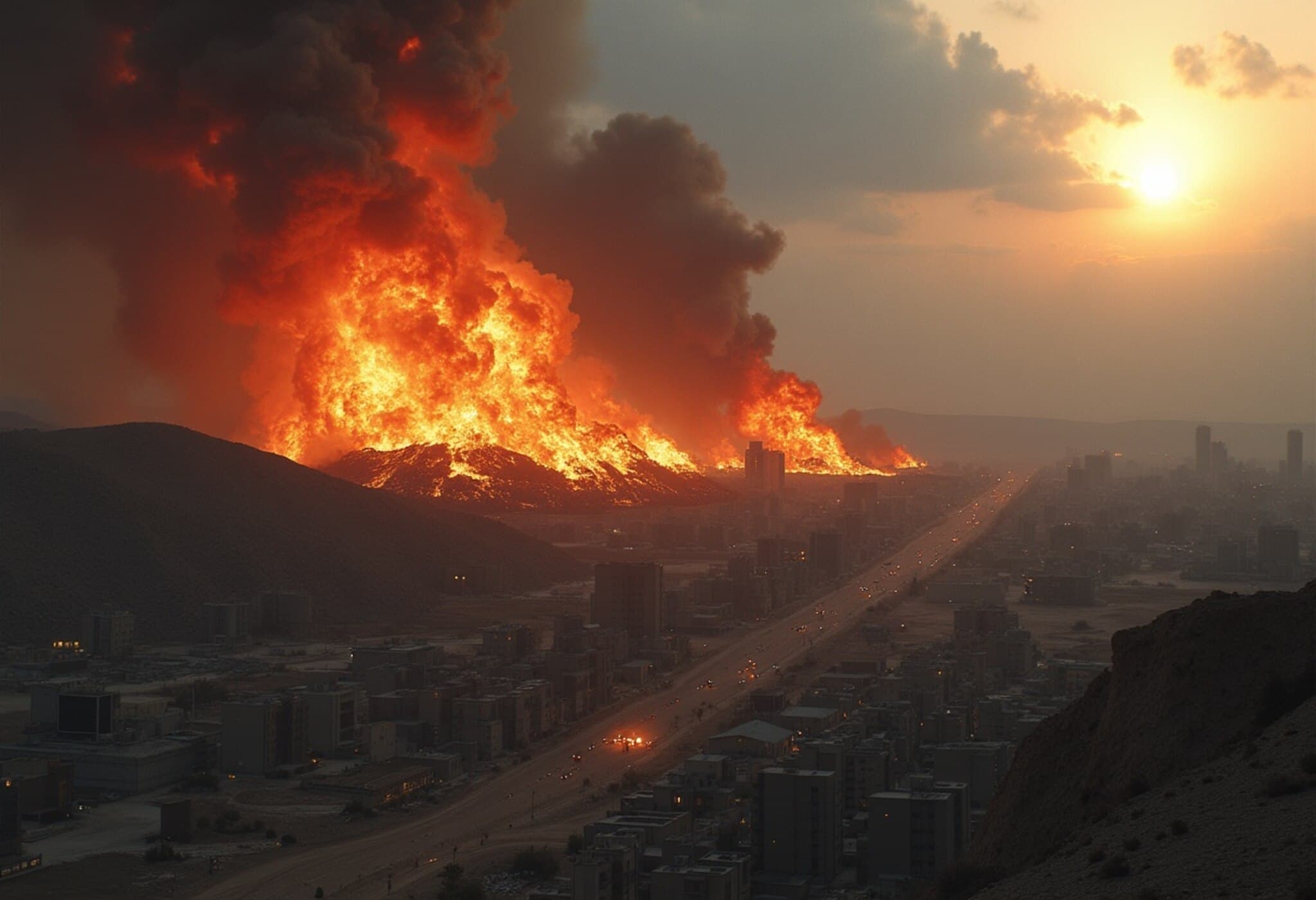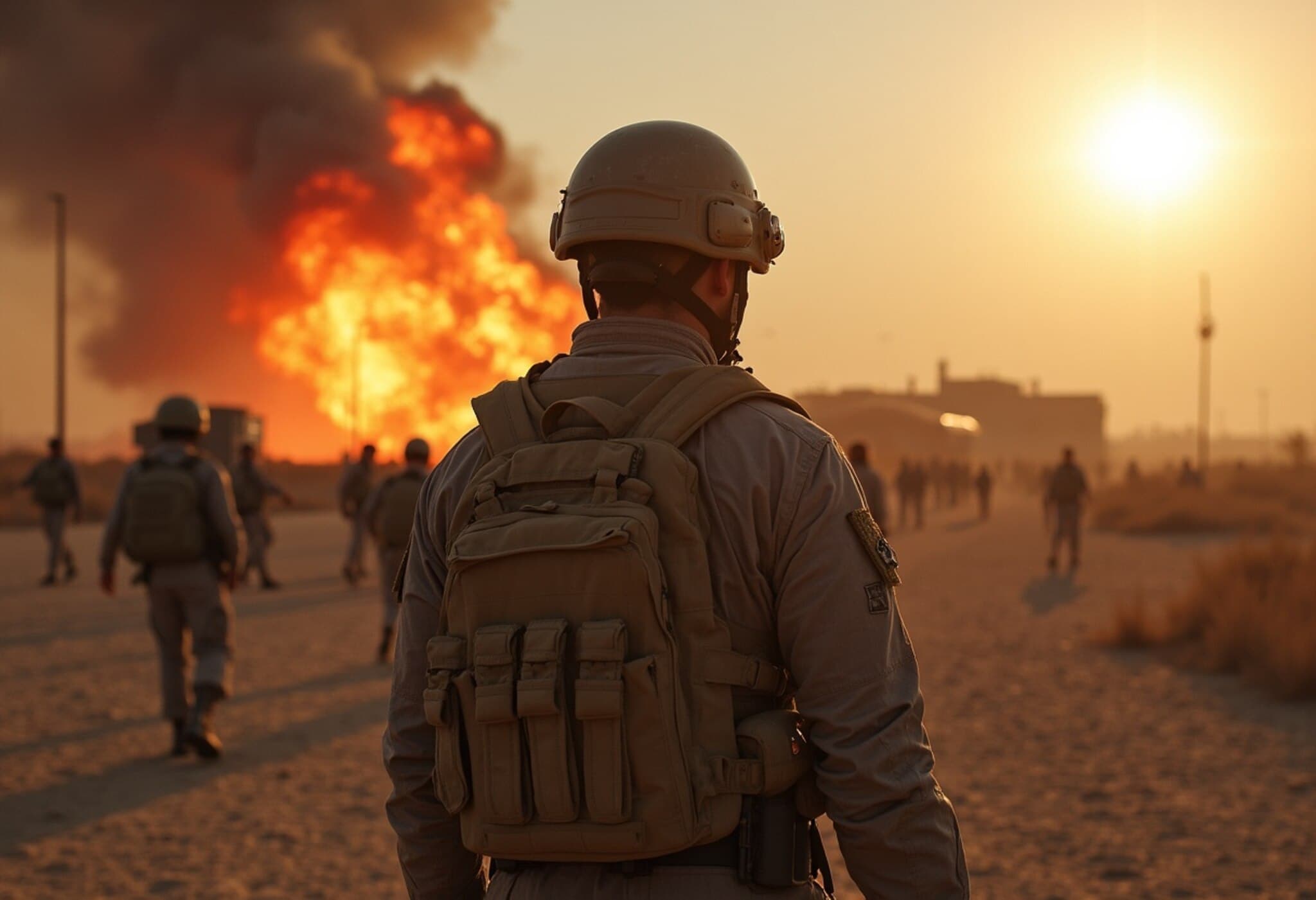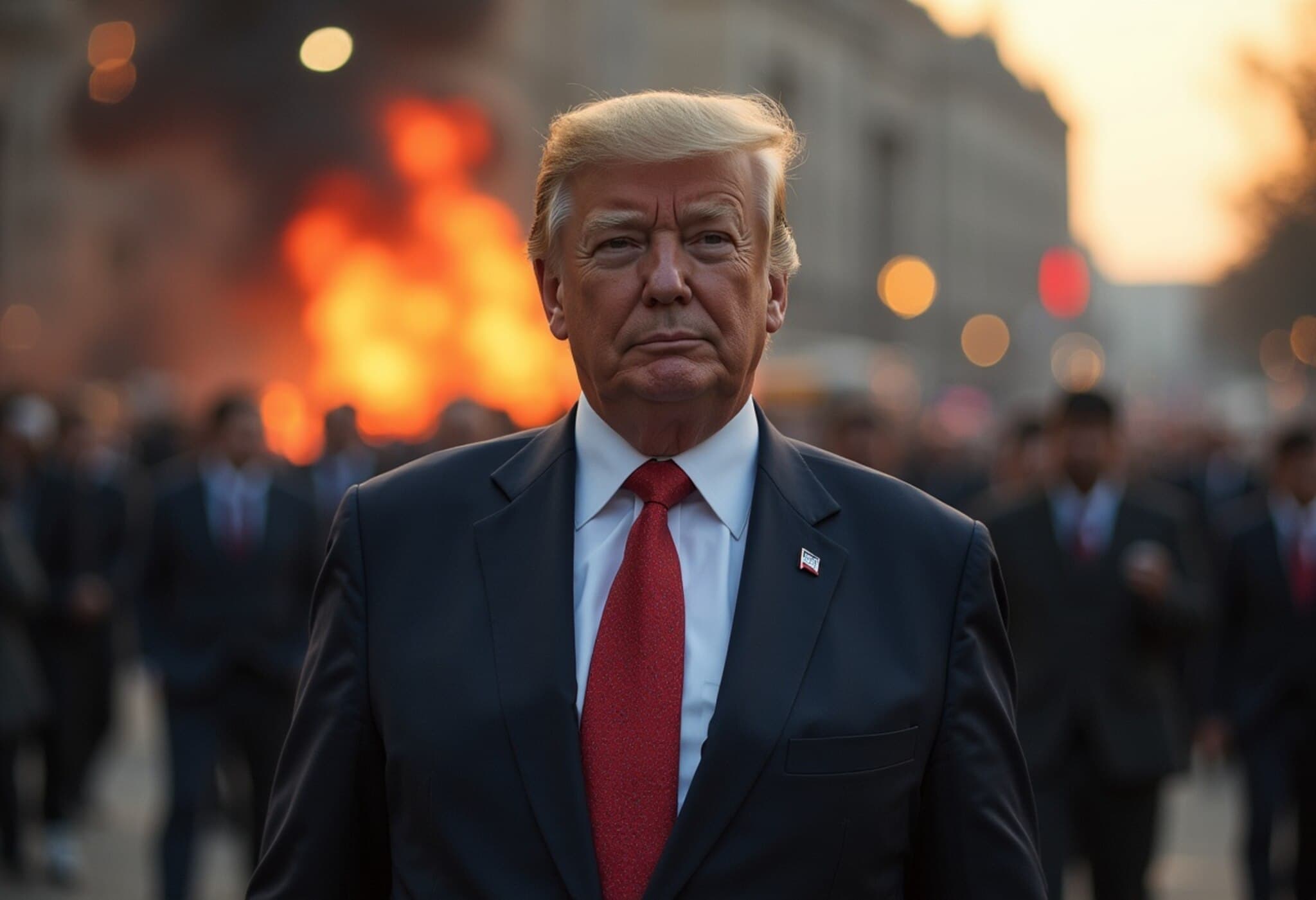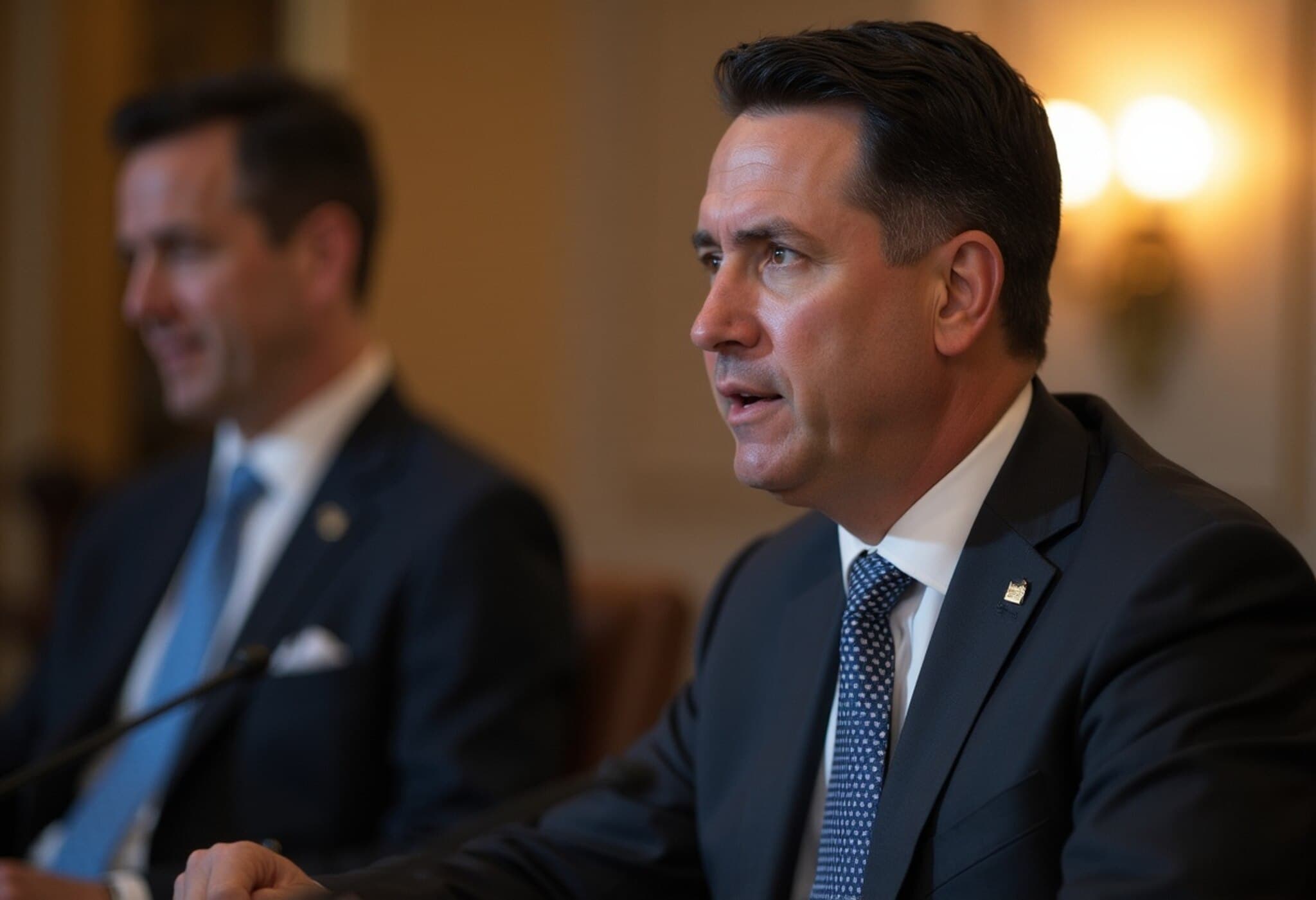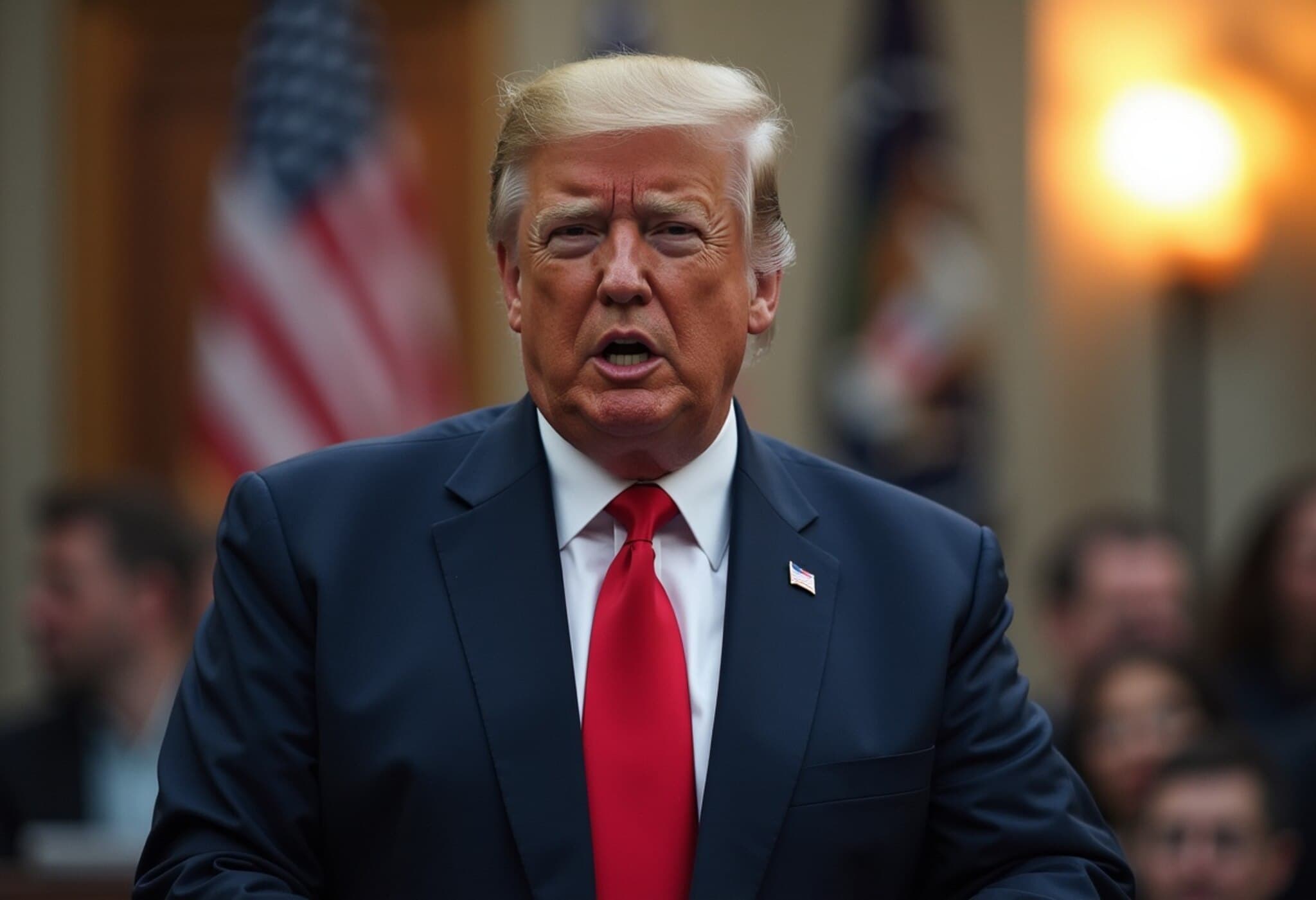US Intelligence Reveals Iran Kept Nuclear Material at Fordo Despite Airstrikes
Contrary to claims that Iran relocated nuclear material ahead of recent airstrikes, US intelligence confirms that Iran did not move critical nuclear resources from its Fordo facility before it was targeted by American B-2 bombers. Senator Markwayne Mullin, an Oklahoma Republican, shared these insights in a recent interview.
Fordo Facility Considered Impenetrable — But Was Struck Anyway
According to Senator Mullin, Iran not only retained nuclear material at Fordo but actually increased its stockpile there, banking on the perception that the underground site, nestled approximately 300 feet beneath a mountain southwest of Tehran, was untouchable. "They believed Fordo was a safe haven," Mullin explained.
Despite these assumptions, the US military successfully executed the strikes, inflicting significant damage. "We have the capability to destroy what some consider indestructible," Mullin stated confidently. He went on to note that these attacks likely crippled Iran's nuclear capabilities at Fordo.
Implications of the Strikes and Next Steps
While the destruction appears extensive, the senator cautioned that if Fordo's nuclear production capacity was not entirely neutralized, the US would intensify efforts to "finish the job," potentially alongside international partners.
This development comes as the Fordo facility joins two other key nuclear sites, Natanz and Isfahan, which were targeted simultaneously. The US president declared these operations had "completely obliterated" Iran’s major uranium enrichment infrastructure.
Conflicting Reports and Firm US Stance
Earlier reports suggested Iran might have preemptively moved uranium and equipment from Fordo, based on information from unidentified Israeli sources. However, Senator Mullin firmly refuted those claims, emphasizing strong intelligence indicating otherwise.
He also reaffirmed the US commitment to preventing Iran, which he labeled as the "world’s leading state sponsor of terror," from ever acquiring a nuclear weapon. "This stance has been clear for over a decade," Mullin asserted.
No Ground Troops, But Potential Ongoing Cooperation
Importantly, Senator Mullin clarified that the US has no current plans to deploy ground forces inside Iran. Rather, the strategy relies on air power combined with collaboration with allies, including Israel.
He hinted at the possibility of continued joint operations to address any remaining nuclear stockpiles, hinting at a potentially prolonged US-Israel partnership in dismantling Iran’s nuclear capabilities.
Political and Military Context
The recent airstrikes were conducted without prior congressional authorization, raising questions about the extent and duration of US involvement in the escalating tensions between Israel and Iran. Observers suggest that pressure on the administration may increase if further military actions are planned.
Looking Ahead
- The US government remains vigilant in monitoring Iran's nuclear developments.
- Collaboration with allies is expected to play a crucial role in ongoing containment efforts.
- Political debates over the authorization and scope of military involvement are likely to intensify in the coming days.
Overall, the recent events mark a significant moment in the long-standing effort to prevent nuclear proliferation in the Middle East, underscoring the complexities of diplomacy, intelligence, and military intervention.

